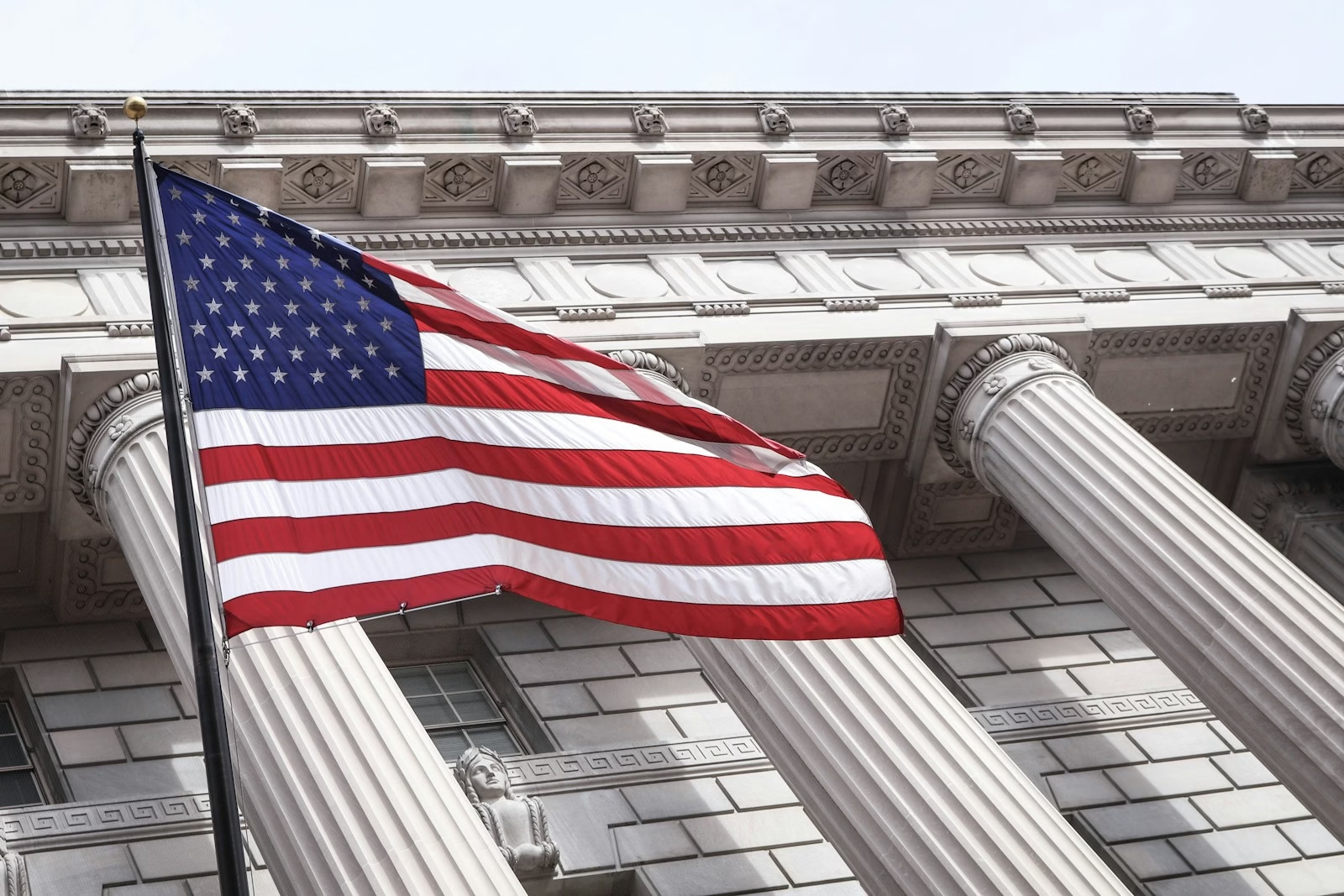Key Takeaways
• An OMB memo may block retroactive pay for 750,000 furloughed federal workers.
• This new memo directly contradicts prior Office of Personnel Management guidance.
• Federal law under the Government Employee Fair Treatment Act guarantees back pay.
• The clash unfolds amid a political fight over health care subsidies.
• Workers, lawmakers, and watchdogs are raising alarms over fairness and legality.
This week, a memo from the Office of Management and Budget shook the federal workforce. It suggested that up to 750,000 furloughed employees might not get retroactive pay. That idea breaks both federal law and earlier Trump administration rules.
The role of retroactive pay seems simple. Yet now it has become a political tool in a standoff over health care funding. Fed workers, lawmakers, and experts are scrambling to defend a right set by Congress in 2019.
Understanding Retroactive Pay Rules
After a government shutdown, furloughed workers expect pay for missed days. The Government Employee Fair Treatment Act requires back pay for any unpaid leave days. In March, the Office of Personnel Management issued clear guidance. It said furloughed staff “will receive retroactive pay for those furlough periods.” It pointed to federal law and promised pay at the employee’s standard rate as soon as possible.
So far, every federal funding lapse has ended with back pay checks for furloughed workers. Now, OMB Director Russ Vought’s office claims retroactive pay isn’t guaranteed. This directly opposes last month’s OPM memo.
Retroactive Pay vs New OMB Memo
In the new memo, OMB says pay depends on future funding decisions. It hints that Congress or the president could choose to withhold back pay. However, the Government Employee Fair Treatment Act leaves no choice. It clearly orders the Treasury to pay furloughed staff once the funding gap closes. Therefore, withholding back pay would break the law.
Moreover, this shift breaks the administration’s own rules. Last month, OPM said pay must come “regardless of scheduled pay dates.” Now, OMB implies pay might be delayed or denied. That change confuses agencies and workers alike.
Why This Matters
First, many federal employees live paycheck to paycheck. Losing weeks of pay can cause real hardship. Families might struggle to cover rent, groceries, and medical bills. Second, the government risks a court challenge. If agencies ignore a clear law, judges could step in. Workers and unions are already planning legal action.
Meanwhile, morale in federal agencies could take a hit. Employees who feel betrayed might lose faith in leadership. That could affect everything from air traffic control to food safety inspections.
The Political Fight Over Health Care Subsidies
This drama comes as Democrats demand an extension of Affordable Care Act subsidies. Those subsidies keep insurance affordable for millions. Democrats say they won’t fund the government without a fix. Republicans, led by President Trump and House leaders, refuse. They insist ACA changes must wait for another bill.
As the shutdown drags on, 750,000 workers remain without pay. Retroactive pay has become a bargaining chip. Democrats argue that withholding back pay will punish everyday people for a fight over health care. Republicans say they need leverage to extract policy concessions.
In short, retroactive pay talks are part of a broader tug-of-war over who pays and who benefits. And federal workers are caught in the middle.
Who Is Behind the New Memo?
Russ Vought runs OMB. He once worked on a plan called Project 2025. That plan aimed to reshape government under permanent Republican control. Some of its authors served in the Trump White House. Although the president denied ties to Project 2025 on the campaign trail, the plan’s fans linger in his administration.
Critics say Vought’s memo reflects an anti-government view. They worry it signals an effort to weaken workers’ rights. If the administration can flip its own rules, what’s to stop future cuts to benefits or pay?
What’s Next for Furloughed Workers
Lawmakers in both parties have denounced the new memo. They point out that it violates federal law and prior guidance. Some are drafting bills to reinforce back pay rights. Others plan oversight hearings to question OMB officials.
At the same time, unions and employee groups vow to sue if pay is blocked. Federal judges have sided with workers in past shutdown cases. So far, courts have ordered agencies to deliver back pay quickly.
Ultimately, the virus of uncertainty may force a political fix. Congress could insert a back pay guarantee into the next funding bill. That way, no future memo could stand in the way. Until then, furloughed workers and their families await a clear promise they can rely on.
FAQs
Will furloughed workers definitely get paid?
Federal law says yes. The Government Employee Fair Treatment Act requires back pay once a shutdown ends. However, OMB’s new memo tries to challenge that rule. Legal action may be needed to secure those checks.
How long could workers wait for retroactive pay?
Past shutdowns saw back pay delivered within a few weeks. Yet OMB’s memo suggests pay could be delayed. If courts or Congress intervene, pay might arrive on the normal schedule or soon after.
What happens if the government keeps some workers’ pay?
If OMB withholds pay, agencies could face lawsuits. Judges might order immediate payment and penalties. Congress might also pass new laws to close any loopholes.
How do health care subsidies tie into this?
Democrats want to extend Affordable Care Act subsidies as part of the funding package. Republicans refuse. That standoff keeps the shutdown alive, which in turn threatens back pay for furloughed workers.

